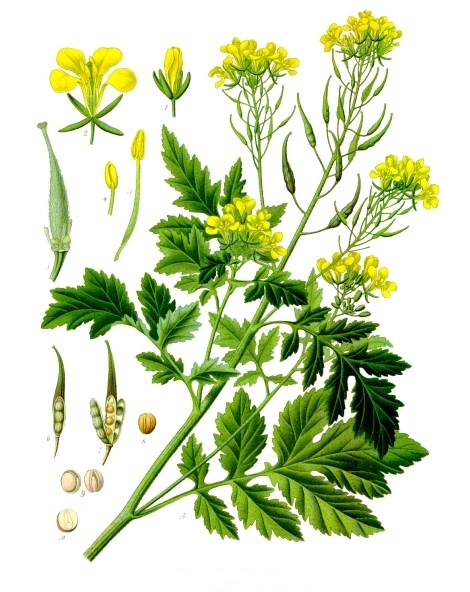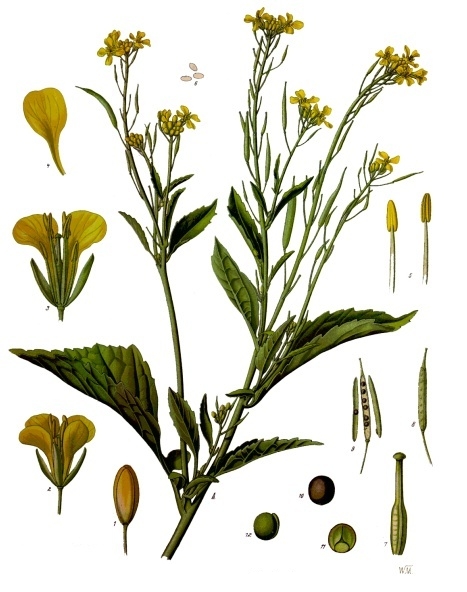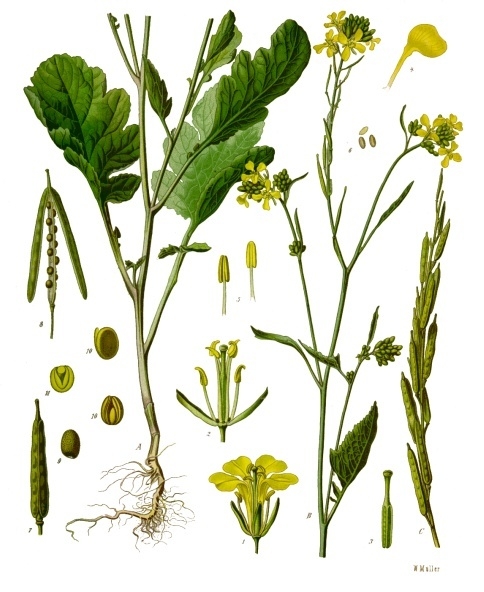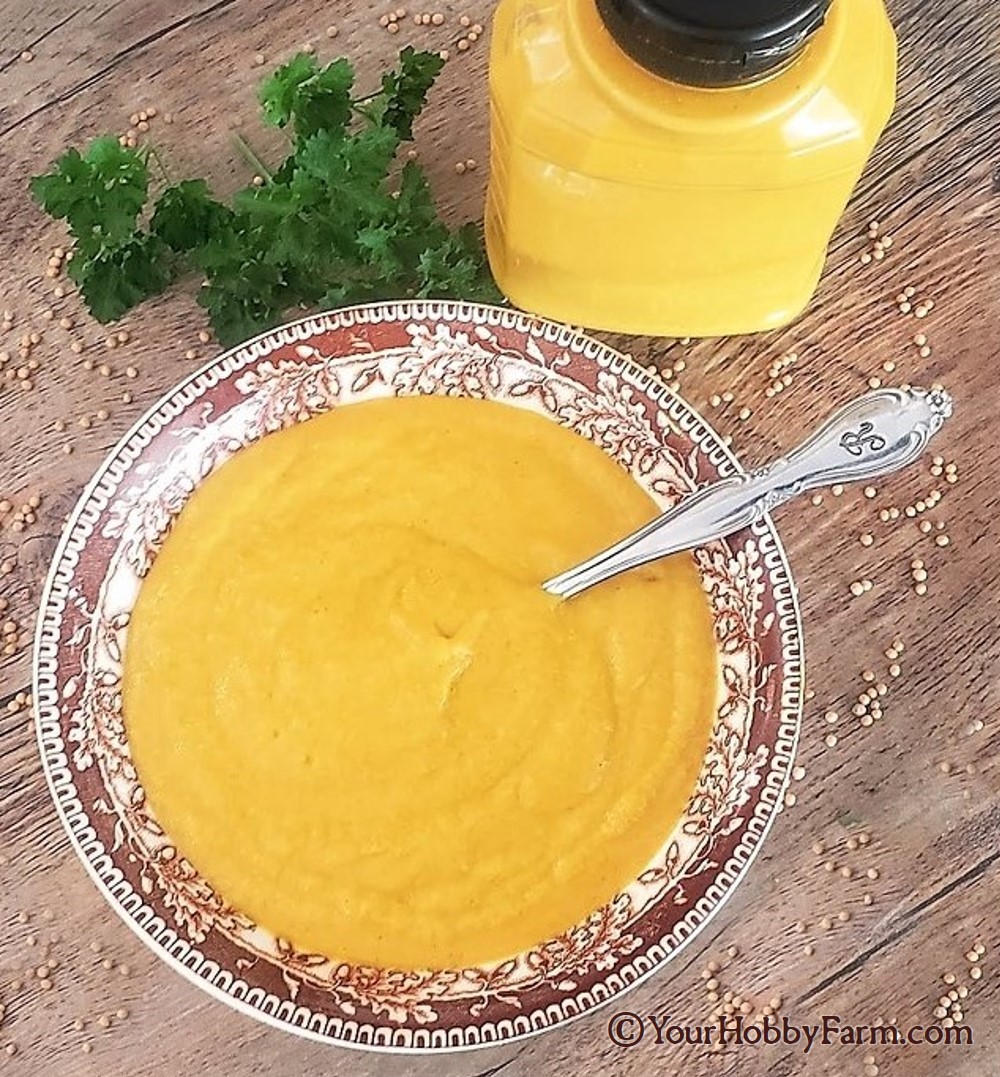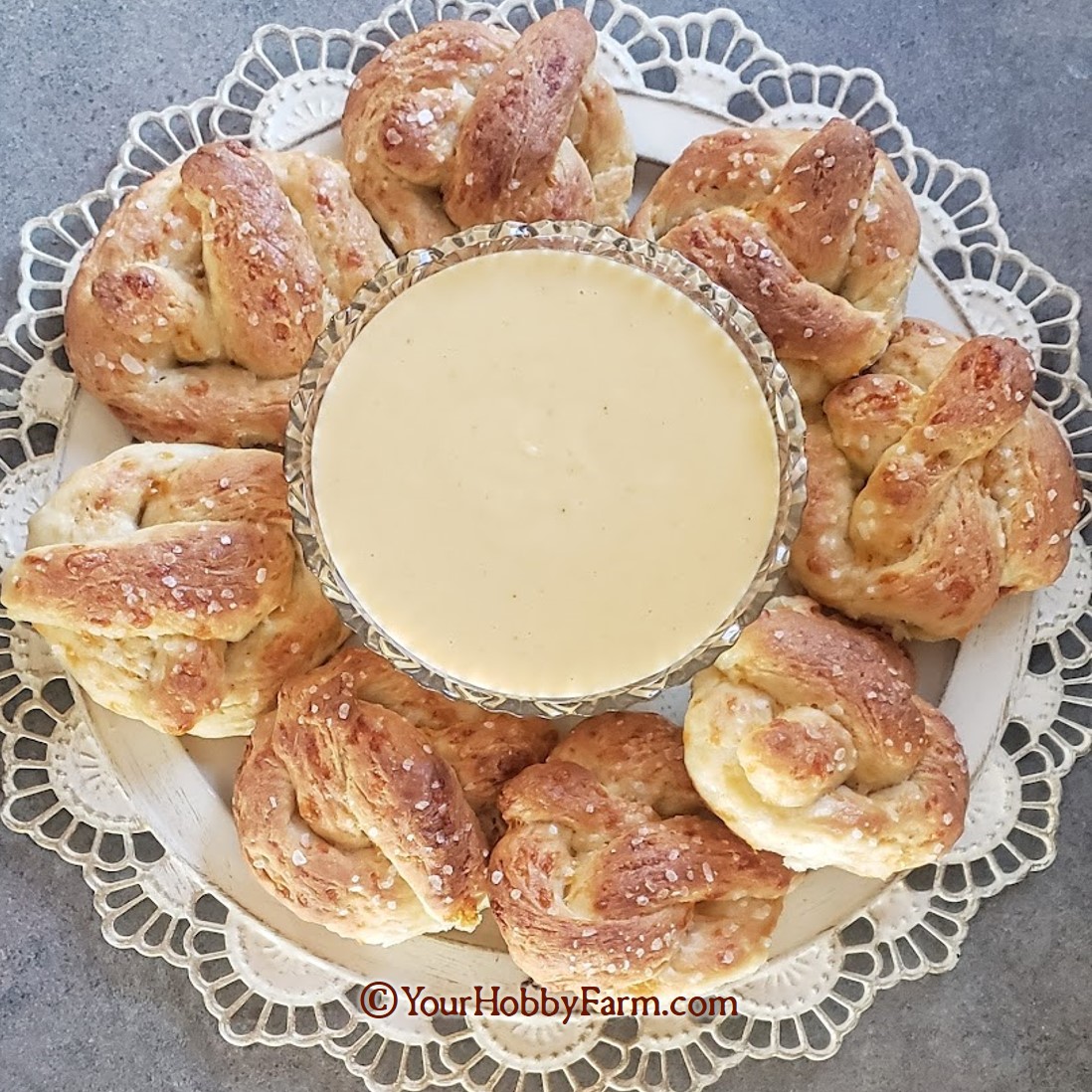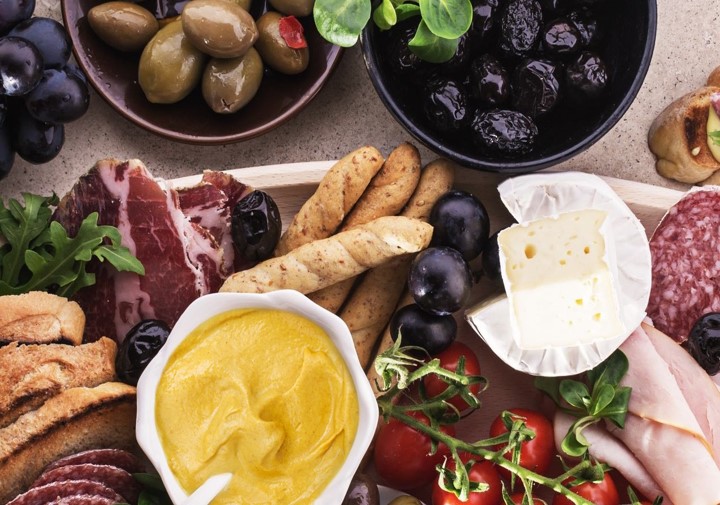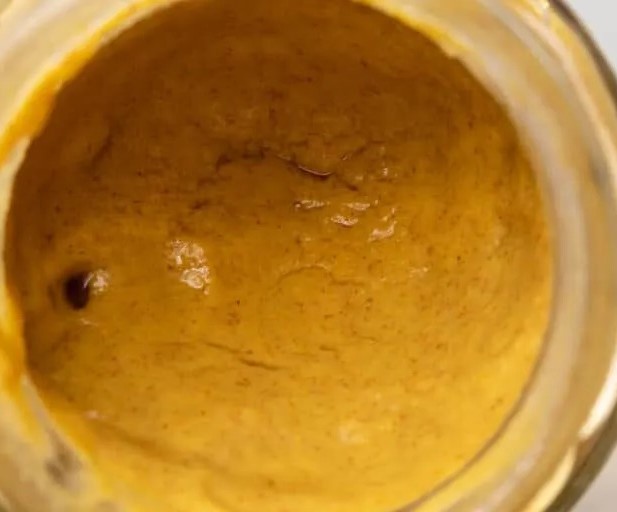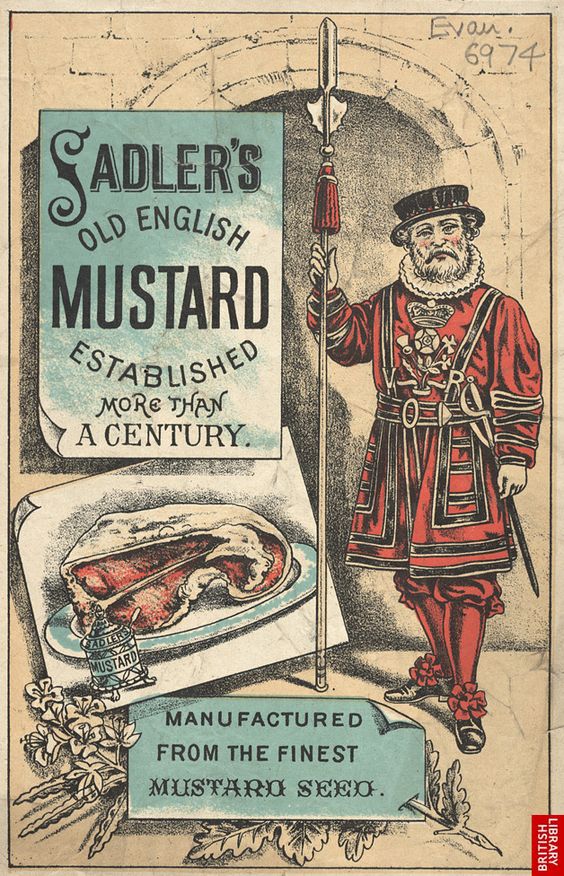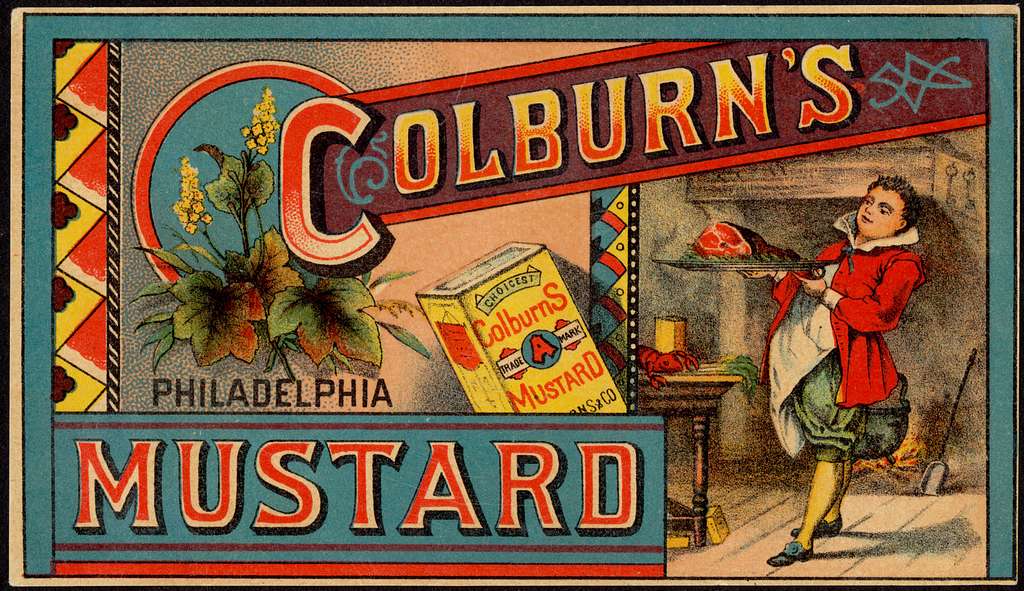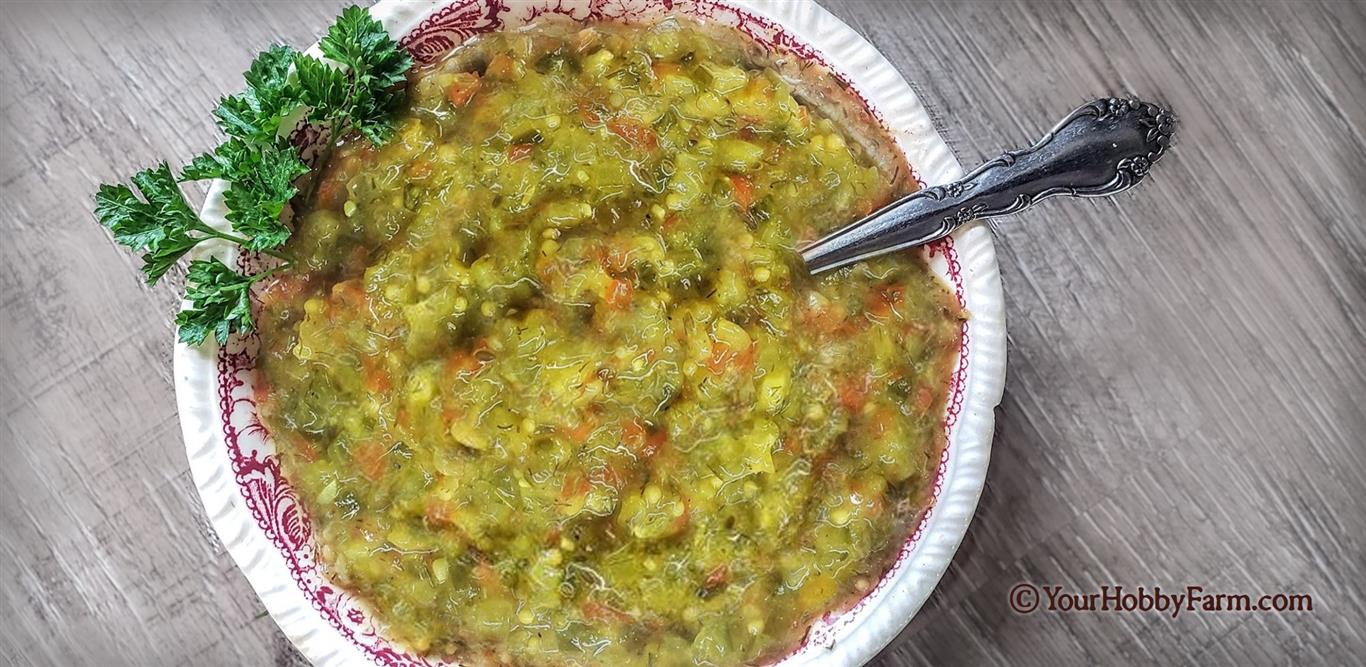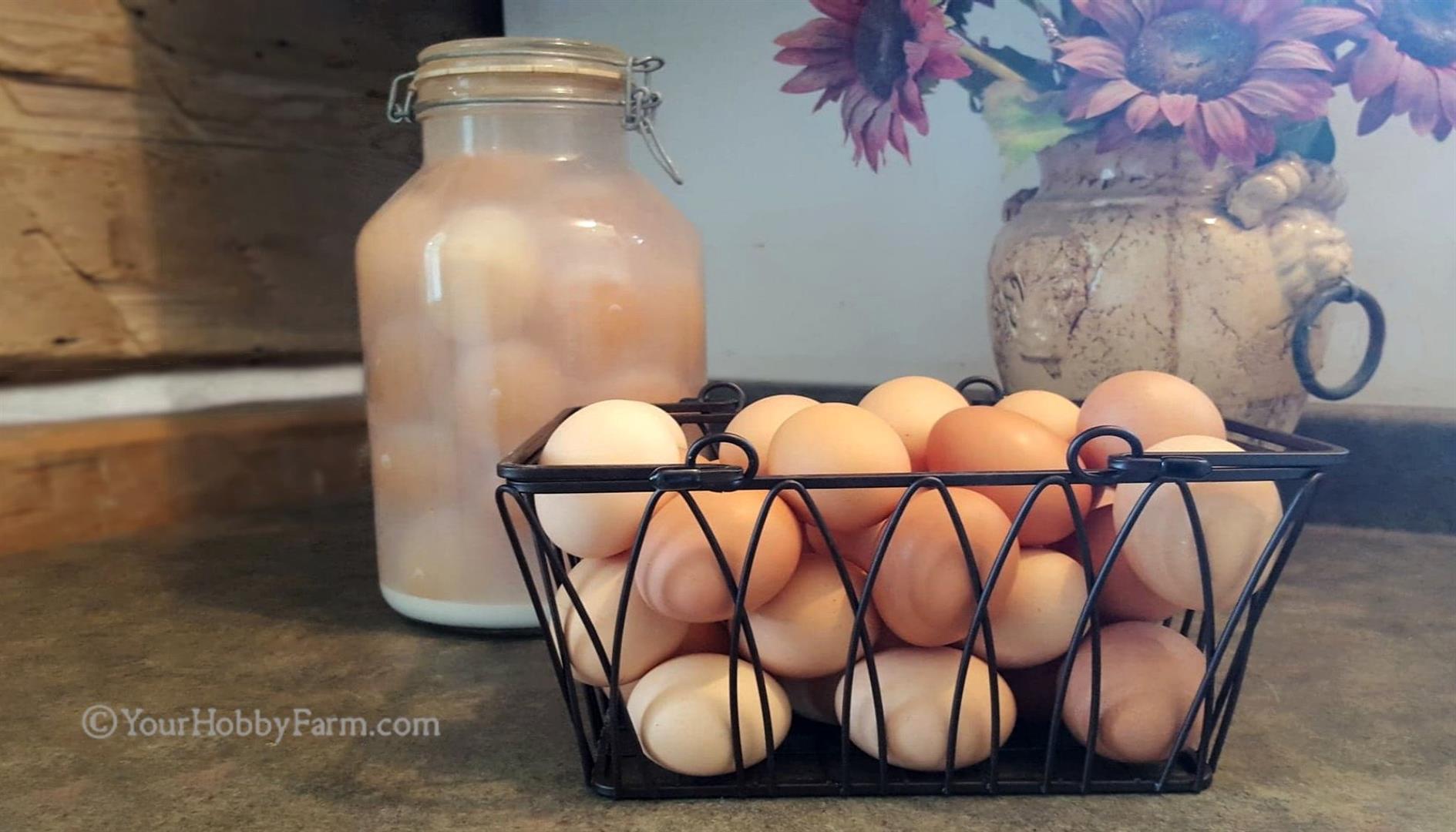Our Mellow Yellow Mustard Recipe
Many have asked, "How do you make mustard?" We'll be glad to show you! Our yellow mustard recipe is on the mellower side of the mustard spectrum. It's healthy, tastes just right, and is quite easy to make!
What Is Mustard?
Mustard is typically the hot and spicy golden child of the condiment family. Yellow mustard is just one of its identities. This condiment has many personalities, at times acting or reacting rather counter-intuitively, and can seem a bit mysterious in nature at times...
What is mustard made from? The main ingredient in mustard, in all its various forms, is the seeds of mustard plants. There are a few different varieties of mustard plants which produce the types of mustard seeds used in making mustard, namely, white/yellow mustard, Sinapis alba; brown mustard, Brassica juncea; or black mustard, Brassica nigra.
There are over 40 different varieties of mustard plants, but these three are the most popular for culinary uses.
What Does Mustard Taste Like? What Ingredients Are in Mustard?
What does mustard taste like? There is a wide range of different kinds of mustard, each with its own identifying twist of flavor.
Depending on the
type of mustard, and mustard seeds used to make it, mustard can have a potent, sharp flavor, or an earthy, crisp, tart-and-tangy flavor with mellow
spiciness with sweet undertones, perhaps with the complimentary tang of white
wine. Other types of mustard can be so hot and spicy that they make
your eyes water and clean out your sinuses!
What ingredients are in mustard? The ingredients in prepared mustard vary a bit depending on type of mustard. The primary ingredient is mustard seeds, whether whole, cracked, bruised, or finely ground into powder. The mustard seed can be mixed with water, vinegar, lemon juice, wine, or other liquids, salt, and often other flavorings and spices, to create the condiment we call mustard. On the recipe below you'll be able to see what ingredients are in the yellow mustard recipe that we make.
Dry Mustard vs Ground Mustard or Mustard Powder?
Other mustard questions that have been asked are: "What is dry mustard?" "What is ground mustard?" and, "What is mustard powder"? These are all names of the same product. It is dried mustard seeds that have been ground into powder without anything added to it.
Many recipes call for dry mustard or mustard powder instead of prepared mustard. Dry mustard, or ground mustard, is commonly found in the spice aisle at most groceries. You can also make your own mustard powder by grinding dried mustard seeds finely in a coffee grinder or spice grinder.
What Is 'Prepared Mustard'?
What is prepared mustard? Prepared mustard, in its various forms, simply refers to the ready-to-use sauce, or paste, used on your food as a condiment or as an ingredient in other dishes.
It is either store-bought or homemade as is our yellow mustard recipe.
Types of prepared mustard would include Yellow Mustard, Dijon Mustard, Spicy Brown Mustard, Honey Mustard, Whole Grain Mustard, Hot Mustard, to name a few, and there are many other types of mustard as well!
What Is 'Yellow Mustard'?
Yellow mustard, the classic American 'prepared mustard', is a mellower flavored mustard and is probably the most common mustard used in the North America.
It is made from finely ground yellow mustard seeds which are the mildest of all mustard seeds. Often turmeric powder is used to give yellow mustard an even more vibrant, bright color.
Yellow mustard is considered by most to be the best mustard for hot dogs and hamburgers, and it's used with many other foods as well.
Really? You Can Actually Make Your Own Mustard?
For those of us who think of mustard as that spicy condiment that comes in a bright yellow squeeze bottle, it probably never crossed our minds that we can easily make it at home!
Or, for some reason, when we've wondered how to make homemade
mustard, it seemed to be shrouded in spicy, culinary mystery. We wonder how in
the world does a person go about turning dry mustard powder or little round
mustard seeds into delicious 'liquid gold' with a kick?
Exactly what ingredients are in mustard that can create such a party in our mouths? Could there possibly be a yellow mustard recipe that is simple to make, with healthy ingredients, good enough to replace what we've always bought from the grocery store?
And if so, what is mustard made from? How do you make mustard? We're here to answer these questions! We’d love to share with you the yellow mustard recipe that our family really enjoys! Ready to make some mustard?
But First, a Bit of 'Mustard Science' To Keep in Mind
When Making Your Own Mustard
Like we mentioned before, this golden child of the condiment family can seem just a bit mysterious at times. Here are a few things to keep in mind...
The first thing to consider when making mustard is the type of mustard seeds that you choose to use. White or yellow mustard seeds result in a mellower mustard. The darker seeds produce a hotter, spicy condiment.
Another consideration: when making your mustard, the temperatures you use in preparing it matters. It may seem a bit counter-intuitive at first, but here goes: Hot liquids actually reduce and neutralize the heat and pungency of the finished mustard. If you prefer a very pungent, spicy mustard, use cold liquids and skip the simmering that our yellow mustard recipe requires.
And vinegar, whatever kind you choose, not only adds excellent flavor, but also the vinegar's acid helps to retain and preserve the spice level of the mustard.
Also, some have asked about bitterness in their homemade mustard. It’s not unusual for unmatured mustard to have a hint of bitterness, sometimes more, sometimes less. Don't be discouraged by this. Freshly made mustard is at its bitterest for at 48 hours after you've made it. Mustard needs to mature for a few days, and as it does, the bitterness will diminish and fade away.
Allow your mustard to mature for several days. If the spiciness of your mustard is still a bit hotter than you'd like, simply put it back into a sauce pan and simmer it over low heat, stirring often, until it becomes more mellow. Then, cool your mustard and return it to its serving container. I've done this on several occasions. Enjoy!
Our "Mise en Place" for Making Mustard Is Laid Out
Here's Our Mellow Yellow Mustard Recipe
Mellow Yellow Mustard Recipe

Ingredients:
- 1 cup of mustard powder
- 1 cup of water
Combine the mustard powder and cold water and set aside in non-reactive cookware for at least 30 minutes before adding anything else to it... (Stainless steel, ceramic, glass, and metal cookware with enamel coating are all considered “non-reactive").
Combine the wet Ingredients together and set aside:
- 1/4 cup + 2 Tablespoons of White Distilled Vinegar
- 1/4 cup of White Wine Vinegar
- * 1 Tablespoon of Maple Syrup or Sugar (a bit more, or less, as you prefer)
Combine the dry Ingredients:
- 1 teaspoon Cornstarch (or Arrowroot, or Tapioca Powder)
- 1 1/2 teaspoons Sea Salt
- 1/2 teaspoon Turmeric
- 1/4 teaspoon Garlic Powder
- 1/4 teaspoon Paprika
Instructions:
- After the mustard powder and cold water have soaked together for at least 30 minutes, combine all the ingredients together and whisk until smooth.
- Bring to a gentle boil then reduce heat to simmer on LOW heat to thicken and reduce pungency for at least 10 min, or a lot longer, depending on how spicy or mellow you like it. The pungency will slowly reduce the longer your mustard simmers.
- Keep a close eye on the simmering mustard, stirring often to avoid scorching on the bottom of the pan.
- Once your mustard has thickened to the desired consistency and the spiciness has mellowed to your liking, remove the mustard from the heat and allow it to cool.
- In an airtight container, your homemade mustard should last for a few months in the fridge.
And now for the last "ingredient":
- 48 - 72 hours of Patience 😉
Note:
* The sweetness of your mustard, or lack thereof, can be easily altered according to your own taste. If you choose to, it can even be left out. If, after your yellow mustard recipe has had time to mature, you'd prefer it a bit sweeter you can always add more. The amount in this recipe is the amount that our family enjoys.
Your homemade mustard now needs some time to mature. As it matures, the flavors will meld together and any bitterness that is naturally found in mustard seed should dissipate. Like a fine wine, prepared mustard definitely improves with age. Fortunately, it should only take a few days for this bitterness to mellow and your yellow mustard recipe to be ready to enjoy!

What Tastes Good With Mustard?
Mustard enhances the flavors of different foods! This yellow mustard recipe goes especially well with ham, lamb, pork, chicken, and other types of meat, or served with a charcuterie board arrayed with deli meats and cheeses. And for most of us, hamburgers, sausages, and of course, hot dogs, are not complete without it!
It's a great ingredient
in potato salad dressing and other salad dressings like Classic Macaroni Salad. Some love mustard on their eggs, in sandwiches,
deviled eggs, relishes, barbecue sauces and marinades, and more.
This yellow mustard recipe is delicious used in a cheesy mustard dip for freshly baked soft pretzels. There are so many different and delicious ways to use mustard! We've hardly scratched the surface.
Our mellow yellow mustard recipe can almost be considered an all-purpose condiment, dressed up, or dressed down, enjoyed with both casual and fine dining alike.
Does Your Mustard Not Taste Quite Like You'd Expected?
Don't Give Up! It Just Might Need Some More Time...
I get this! Some batches may not turn out exactly as others. Its pungency, piquant, or sometimes bitterness may seem a bit daunting. If you’re new to making homemade mustard, please don’t let this discourage you.
I enjoy kitchen science, but I'll admit, when I started making mustard, there were times that it had me a bit stumped. I can alter its spicy heat, but like others have asked, what can I do if my yellow mustard recipe tastes slightly bitter? The answer to this question is that, most likely, it needs a bit more time to mature.
- Did you soak your mustard powder and water for at least 30
minutes before adding the vinegar and other ingredients? This will help to reduce bitterness.
- Have you allowed your mustard several days to mature? Bitterness will slowly dissipate as the mustard ripens and matures.
- Did you use yellow (or white) mustard seeds? The darker the variety of seeds, the more pungent the flavor.
You may also be wondering; do mustard seeds go bad? Mustard seeds and dry mustard powder have a relatively long shelf life, which some say is 3 to 4 years or longer, so age is unlikely to be the culprit. Rather, factors like seed variances, soaking liquids, temperature, and spice blends all play roles in affecting the mustard's final flavors.
So, expect that your freshly made mustard might initially have a hint of bitterness. And rest assured that applying both heat and maturation time to the mustard making process will change mustard’s character. Just be sure to allow your homemade yellow mustard recipe plenty of time to settle and mature before its debut at your next gathering.
Extending the Shelf Life of Mustard
Can you freeze mustard to extend its shelf life? Yes, mustard can be frozen for up to a year. We’ve frozen mustard in a reusable mustard squeeze bottle. Another great way to freeze mustard is in ice cube trays. When frozen, place cubes in an airtight container. You can then thaw the amount that you want as you need it.
Your homemade mustard can also be preserved by canning. Process the jars using the hot water bath method. Canned homemade mustard would made a unique gift for foodie friends.
Can Mustard Go Bad?
How to Know if Your Mustard No Longer Cuts the Mustard
How long does mustard last? Stored in a jar in the fridge, homemade mustard will last for several months, and some say up to a year. However, we enjoy this yellow mustard recipe so much that it never lasts very long in our house before we need to make more!
Here's how to tell
if mustard is bad: Use your senses.
Look at the mustard: How's the consistency? A little drying along the surface or around the lid is natural. But do you see mold growing on the surface of your mustard or on the lid? Is the mustard’s texture runny, chunky, separated? Does it resist mixing? Or has your mustard turned a darker greenish-brown or a pale, almost sickly yellow? If so, it’s no longer good and should be tossed.
Smell your mustard: If it smells off, sour, or rotten, it should be discarded.
Taste your mustard if you're still unsure. A tiny taste on your tongue should be enough. A bitter, or acidic taste would indicate your condiment is no longer good.
Just toss it if it doesn't cut the mustard! Always remember, it's better to be safe than sorry!
A Taste of Mustard History: How Old Is Mustard?
Mustard, which grows as a wild plant, was first used as food and medicine, then as a flavor enhancing condiment. Interestingly, it's one of the world’s oldest condiments!
The mustard plant and its seeds are mentioned in the Bible, as well as in other writings of the ancient Greeks and Romans. It was also found in archaeological excavations dating back to 1800 BC.
Historians date the beginning of cultivation and harvest of mustard in India around 3,000 B.C. According to the Encyclopedia Britannica, the earliest written evidence of mustard being used as a food comes from ancient Indian and Sumerian texts that stretch back this to era.
Roman chefs used to grind mustard seeds with grape juice, known as "must", into a spicy paste known as "mustum ardens".
The Anglo-Normans called it "mustarde", the Old French "mostarde", and in modern French it's "moutarde".
The name was anglicized to “mustard” which we still use today.
Health Benefits of Yellow Mustard
Historically Recognized Health Benefits of Yellow Mustard
Even before mustard was used as a condiment, the effective health benefits of yellow mustard had been discovered.
As early as the 5th century BCE, the Greeks prized this prolific plant for its antiseptic properties and ability to stimulate blood circulation.
The renowned scientist, Pythagoras, found that the essential oils extracted from mustard, when applied to a wound, pulled toxins from the body, this led him to use mustard as a treatment for scorpion stings.
Hippocrates, the physician, applied mustard plasters to chests and let the heat from the dressing loosen phlegm and ease breathing.
For centuries, people worldwide have cultivated varieties of the mustard plant for use in herbal remedies and for the maintenance of good health.
Among other uses, mustard was used as a poultice for bronchitis and toothaches. It was made into ointments for skin inflammations, and the seeds ground into powder were used as an additive to a soothing, sleep-inducing bath.
Health Benefits of Yellow Mustard Used Today
Is mustard good for you? Yes, it is! Mustard is rich in protein, fiber, vitamin C and many of the B-complex vitamins. It contains several antioxidants that provide various health benefits that are believed to include anti-cancer, antibacterial, antiviral, antifungal, anti-inflammatory, and wound-healing properties.
Additionally, mustard includes minerals that are important for good health, such as potassium, phosphorus, calcium, and magnesium.
Health benefits of yellow mustard include relief from muscular pains and respiratory disorders. Health benefits of mustard are also believed to be effective in treating cancer and diabetes. Mustard is used to relieve body aches and muscle spasms, relieve respiratory disorders, strengthen bones and teeth, and aid in metabolism. Some use it for soothing colds and coughs and even to encourage hair growth.
All parts of the mustard plant are edible and beneficial including the seeds, leaves and flowers. Even mustard root can be used as a root vegetable, roasted, steamed, stir-fried, and sautéed, sliced into soups or stews, or served alongside braised meats or roasted chicken.
Mustard is a Superfood!
This healthy condiment is so good for you! It's low in calories, high in flavor, and can be enjoyed in so many ways. If someone asks you, is mustard good for you? You can assure them that, with all these health benefits of yellow mustard, as well as black mustard, it's no wonder that mustard has been considered a superfood!
We hope that you give our yellow mustard recipe a try!
Translate This Page!
Traduire Cette Page!
¡Traduzca Esta Pagina!



Piping Rock©
Bringing you the highest quality In hundreds of health care and life-enhancing natural products at the
lowest cost to you!
high reviews, crazy deals,
happy, healthy customers!
Click here and save today!
Business Appreciation
* This website is not affiliated with
Piping Rock

Supporting our local feed mills
Meunerie Alexandria Milling
613-525-1973
Great Products • Great Prices
Great Service
Click the pic for their
facebook page!
Meunerie Alexandria Milling
Established in 1962 by The Massie Family
Email: Alexandriamilling@hotmail.Ca
475 Massie Crescent
Alexandria, Ontario, Canada
~~~
Small Business Appreciation
* This website is not affiliated with
Meunerie Alexandria Milling


